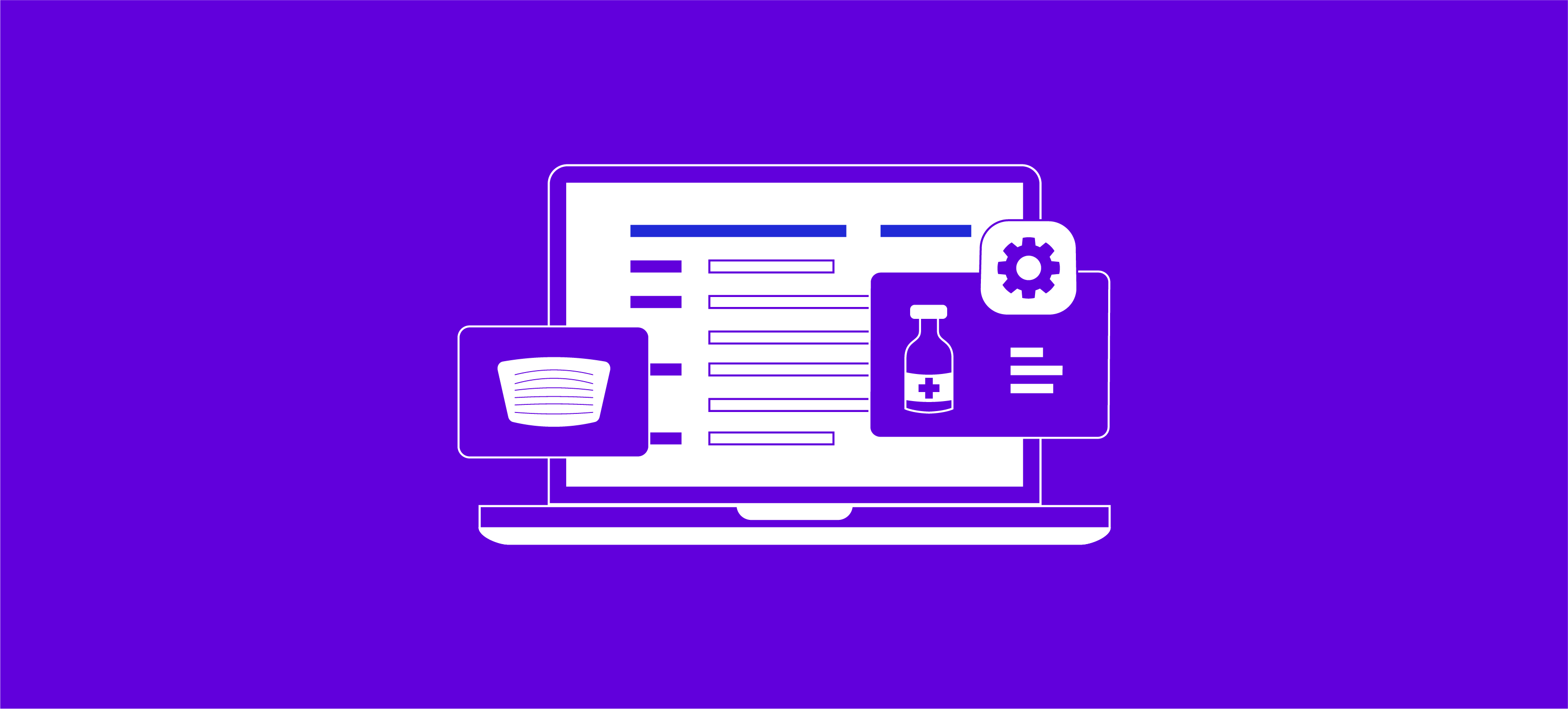Profitable Credentialing: 3 Factors Spur a Paradigm Shift

While safety and quality have always been associated with credentialing, being a revenue-generating function has not. Now credentialing and medical services departments are increasingly seen as a part of the revenue cycle.
The healthcare revenue cycle generally refers to patient treatment, claims processing, and payment collection. Both the Healthcare Financial Management Association and the Healthcare Information and Management Systems Society define the revenue cycle as functions that contribute to the capture, management, and collection of patient service revenue.
In other words, the term revenue cycle captures the earnings portrait from a treatment and billing perspective. It assumes that administrative tasks over the care delivery function are already in place, and misses credentialing professionals’ vital contribution of vetting providers.
Credentialing and revenue cycle processes flow into and affect one another: Privileging can’t occur without primary source verification and credentialing. Billing can’t occur until the payer enrollment (PE) processes of verification and credentialing are completed. As organizations have streamlined administrative functions to lower costs, it’s paved the way for credentialing to be seen as a part of the revenue cycle.
Some of the trends and opportunities behind the paradigm shift follow.
Credentialing and enrollment are integrating
In hospitals, PE only recently emerged as a function requiring administrative resources and staff on a scale equal to that of medical services. Several factors caused this, including:
- The shift to employing providers
- Hospital and health system closures, mergers, and consolidations
- The urgency to recover all possible reimbursements under value-based care arrangements
As PE’s importance grows, healthcare leaders see synergy and opportunity for efficiency. They already have a workforce in place with the requisite skills. Credentialing data, whether it’s ultimately used to delineate privileges or enroll providers into health plans, is similar and in some cases identical.
The personnel skills necessary to successfully enroll and credential are the same: organization, attention to detail, persistence and ability to adhere to deadlines, communication, and critical thinking. Further, following established guidelines for compliance with accreditation bodies, federal regulatory bodies, and established guidelines for hospital credentialing policies and procedures is the bread and butter of the medical services professional (MSP).
| Opportunity: To successfully navigate the inevitable integration of credentialing and enrollment, credentialers must lead the charge in their organization and provide administrators with a clear view into their crucial role in its success. |
The intrinsic value of provider data is rising
Credentialing professionals not only possess the skills needed to shore up revenue integrity, they also manage vital data used across the healthcare enterprise. The opportunity to use one technology for the provider lifecycle is available and is giving credentialers a central role in curating that data for revenue-generating and other purposes downstream.
Consider that the providers a healthcare system brings on board affect revenue and expenses related to:
- The number and makeup of its patient population
- Insurance sources
- Labor costs
- Liability costs
- Supplies and capital expenses
- The span of services provided and their frequency of use
Success for credentialers is applying and interpreting data so that no practitioner provides a service, performs a procedure, gets included on an insurance panel, or joins the medical staff until they’ve met certain milestones. When credentialing data is of excellent quality, it can be easily processed and understood. It can be shared and interpreted to aid in making the best decisions in other areas. When the data’s bad, healthcare safety and quality are in jeopardy. So are many of the healthcare entity’s downstream expenses and revenues.
| Opportunity: Credentialing professionals must demonstrate to healthcare leaders how their skills in researching, parsing data, and decision-making allow only the most qualified providers in the door, and contribute to operational savings and increased revenue. The upshot is a paradigm shift creating opportunities in the form of recognition, job security, and advancement. |
Provider satisfaction rivals patient satisfaction
Initiatives to improve provider satisfaction are also giving credentialers an opportunity to show their ties to revenue procurement. From thousands of satisfaction studies of providers, we know that one cause of burnout is our modern request of clinicians to spend 50% or more of their time not with patients, but typing, scrolling, and clicking online. Administrative burden for maintaining their professional credentials data only adds to the problem.
Any healthcare organization seeking to attract and keep the most qualified providers in a competitive environment should focus credentialing and onboarding. Symptoms of inefficiencies that cause provider dissatisfaction include:
- Separate enrollment and credentialing forms that request duplicate data
- Unfilled positions over time
- Delayed starts dates
- File backlogs
| Opportunity: Credentialing professionals can introduce their organizations to technologies like blockchain and data repositories such as CAQH that give providers control over their data and offer cost-savings to their organizations. |
Credentialers who are educated about the full revenue cycle and who have the tools to succeed will provide the necessary global outlook on the business of patient care—and create their own opportunities for advancement.
